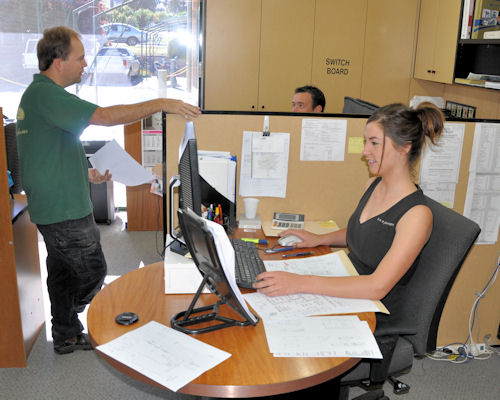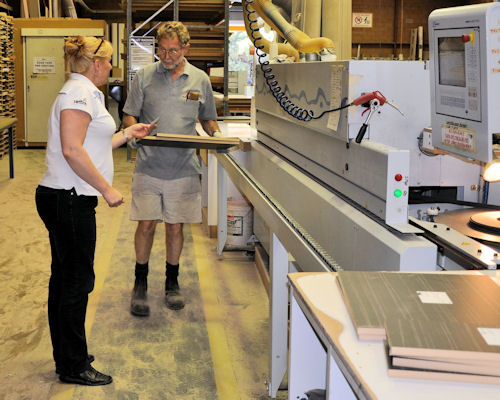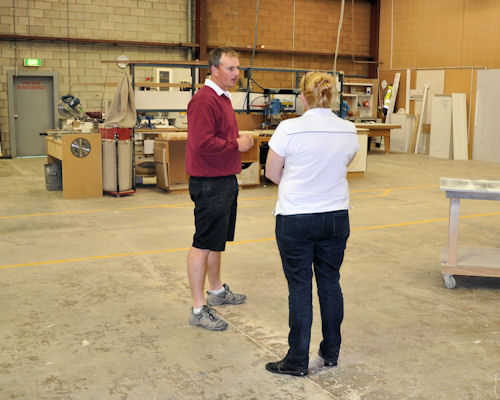Project plans
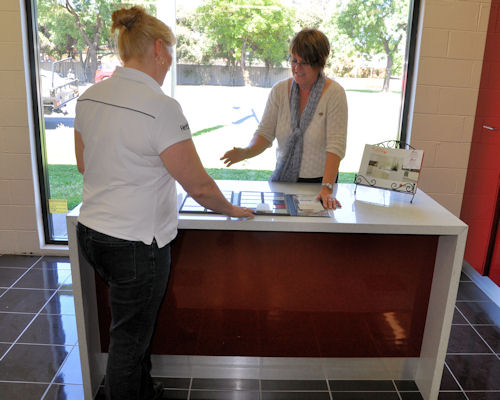 Audio for slide 4 (mp3 |6|KB)
Audio for slide 4 (mp3 |6|KB)
1. Define the objectives
Obviously, the overall objective of the project will be to satisfy the client's needs. But exactly what are those needs, and are they in keeping with the budget allowed, the timeline proposed, the workers on hand and the materials available?
These objectives will become the deliverables for the project - in other words, the things that you must 'deliver' to meet the client's requirements.

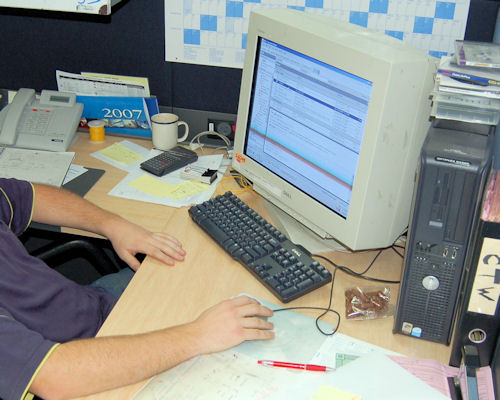 Audio for slide 6 (mp3 |6|KB)
Audio for slide 6 (mp3 |6|KB)
There are various software packages available for developing project schedules. They contain electronic templates with different fields for entering tasks, durations and resources. Once you have entered the data you can generate a timeline and then modify the time allocations to get the most efficient schedule.
If it turns out that your deliverables can't be achieved under the existing arrangements, you may have to renegotiate the details with your client. The main aspects you might need to vary are:
- the deadline for final completion
- the total cost of the project
- the scope of the project.

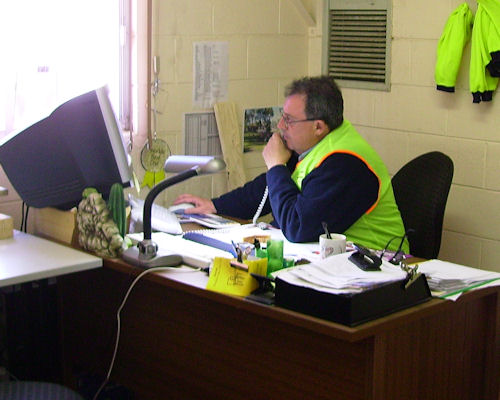 Audio for slide 7 (mp3 |6|KB)
Audio for slide 7 (mp3 |6|KB)
3. Develop supporting plans
Depending on the size and scale of the project, you may need to develop various supporting plans to control particular parts of the job. These would include:
- Human resources plan, listing the details of the tradespeople and other workers involved, and describing their roles, responsibilities, contractual arrangements, and so on.
- Communication plan, showing who needs to be kept informed, and the process workers must follow to report on their progress and any delays that have occurred.
- Risk management plan, identifying things that could go wrong and ways of reducing the risks.


Learning activity
Audio 8 (mp3 |6|KB)We've said that a Risk management plan may need to be developed as one of your supporting plans, particularly if the project is a large one. But even on small jobs where you don't need a formal risk management document, you should still think about the potential risks while you're planning. This will help you to look ahead and nip problems in the bud before they cause too much damage.
Think of a typical project that you're likely to be involved in, or maybe even one that you're working on at the moment. What are some of the main things that could go wrong? How would you stop them from happening - that is, what control measures could you put in place?
Here's some suggestions on possible risks in a project:
- cost blow-outs
- time delays
- poor workmanship or mistakes
- misunderstandings with the client.
Write down your answers and share them with your trainer and other learners in the group.




